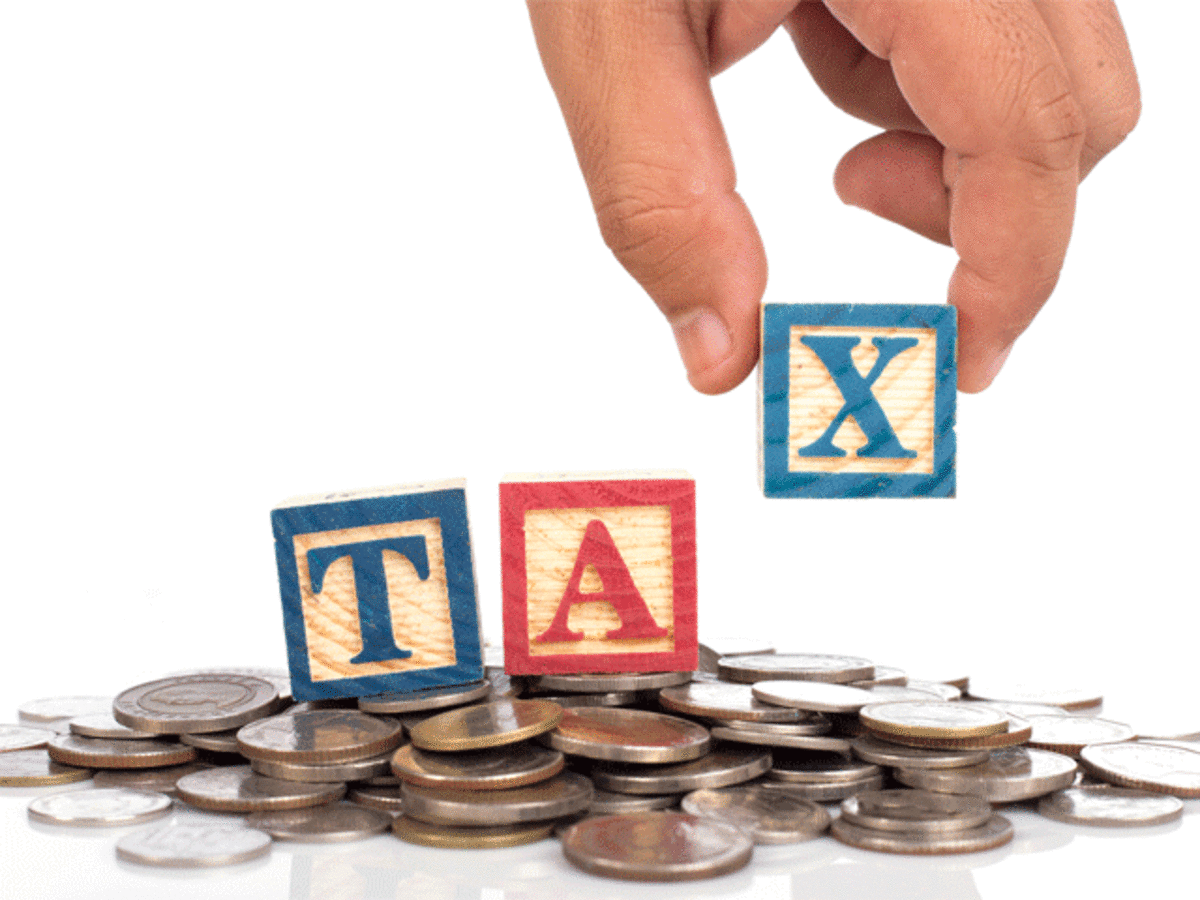4 Ways You Can Save on Taxes with Your Fixed Deposit

There are several ways to save and invest money and while some may offer higher returns, none are more dependable than fixed deposits. Fixed deposits are among the most popular investment options available to retail consumers since they are not only immune to any severe changes in the market but also come with several tax benefits.
The Interim Budget of 2019 has also initiated new TDS laws that raise the taxable limit on fixed deposits. What’s more, under Section 80C of the Income Tax Act, you can claim a deduction of up to Rs. 1.5 lakhs on investments made towards tax saving FDs. If you’re looking at investing in a fixed deposit or already have one, here are some tips you should know to save more on taxes when investing in FDs.
Know your taxable interest
Form 15G or Form 15H for senior citizens is a formal request to your bank stating that your income falls below the minimum cap on taxable income, to avoid TDS. Moreover, according to the Interim Budget 2019, the TDS limit on fixed deposits has been raised to Rs.40,000, which means that if the interest on your FD is less than that amount, the bank will not deduct tax at source. This limit is Rs.50,000 for seniors.
Make sure you calculate your fixed deposit interest, and if you fall within the tax exempt bracket, submit Form 15G or 15H to your bank. In order to save on TDS, you could also consider opening multiple FDs at multiple banks or institutions, in each of which your interest falls under the Rs.40,000 (or Rs.50,000) threshold. You should also know that your FD interest income will still be taxed as per regular income tax laws in accordance with your tax slab.
Split with a senior
Senior citizens’ interest income goes tax-free up to Rs. 50,000. Opening an FD in the name of a senior in your immediate family, your parents or grandparents allows you the benefit of a higher TDS bracket. What’s more, many FDs offer better interest rates to seniors as well. The Bajaj Finance FD for Senior Citizens, for example, offers senior citizens up to 0.35% higher interest rates at 9.10%. You can thus make the most of higher income earnings.
One FD, two financial years
While this method may require some careful calculation, it is a clever way to make your FD grow while also saving on TDS and tax. Time your FD so that your interest income is earned, and doesn’t exceed the limit of Rs.40,000 or Rs.50,000 in either. For example, if you start your 12-month FD in September, by the time the financial year ends in March, your earned interest may be less than Rs. 40,000. The same goes for the remaining 5 months in the subsequent financial year. Make sure you use an FD interest calculator to see how to best time your FDs for the financial year.
Submit your PAN card to save on TDS
Your bank or financial institution will deduct TDS on your FD interest at 10%, once it crosses the taxable threshold of Rs. 40,000. However, if you don’t submit your PAN details to your bank, TDS will be levied at 20%, as per Section 206AA of the Income Tax Act. It is important to remember that this also applies to invalid PAN cards, so make sure your details are correct and up-to-date.
Fixed deposits are a market-proof, dependable form of investment, and have more advantages than you may realise. There is no reason why you shouldn’t open a fixed deposit account—and several ways in which you can take advantage of the tax breaks you earn as a result.